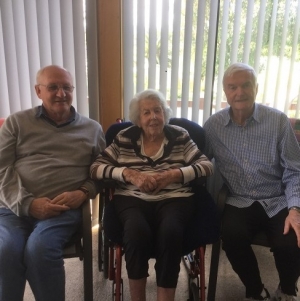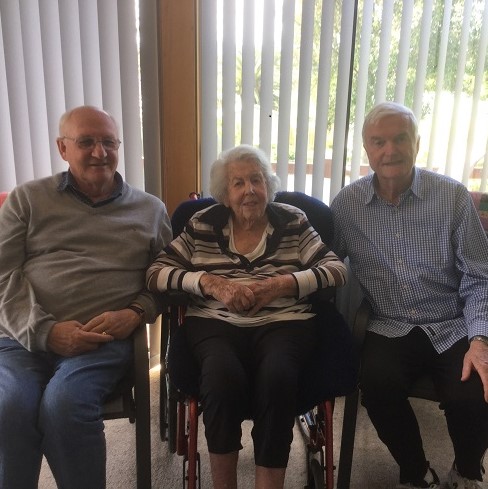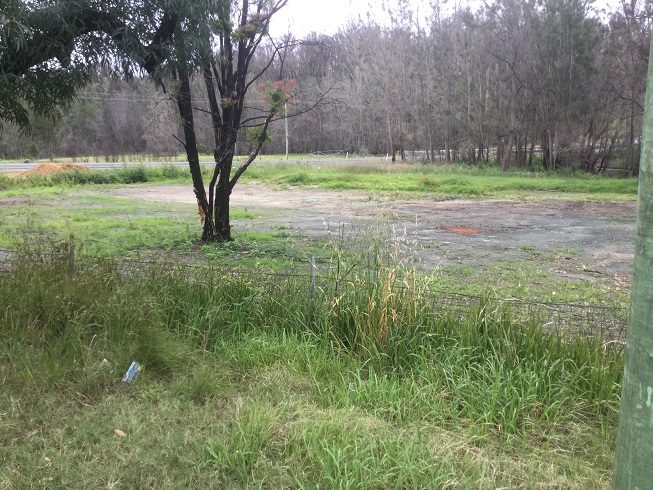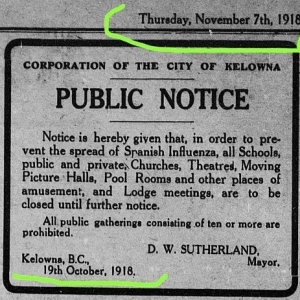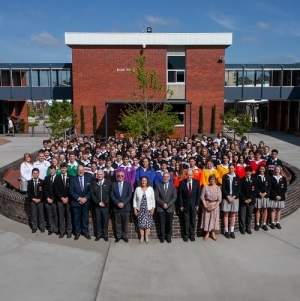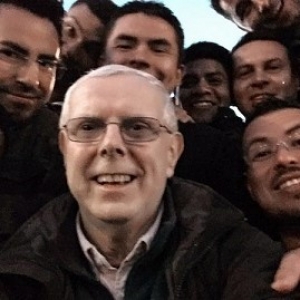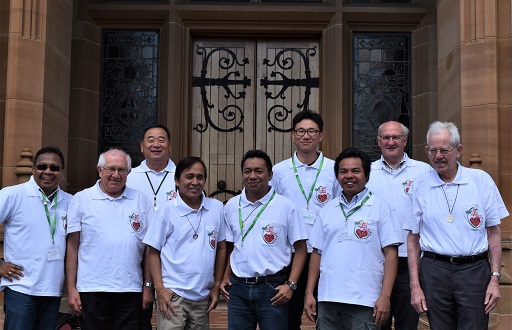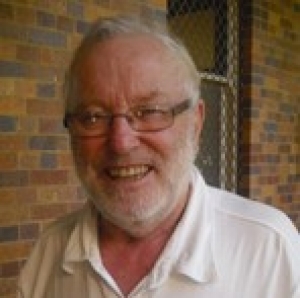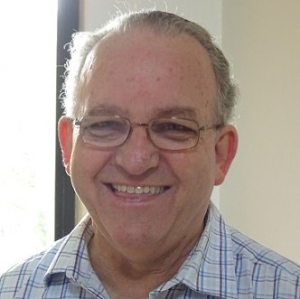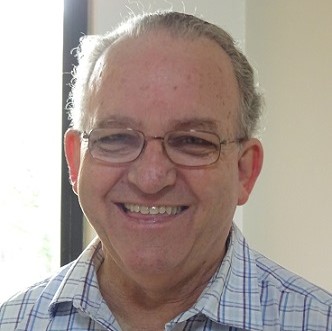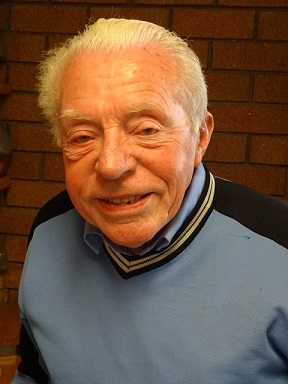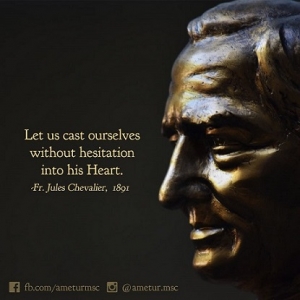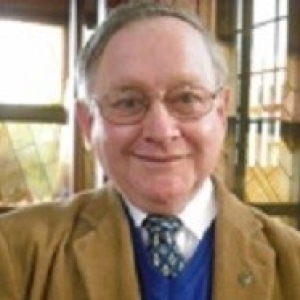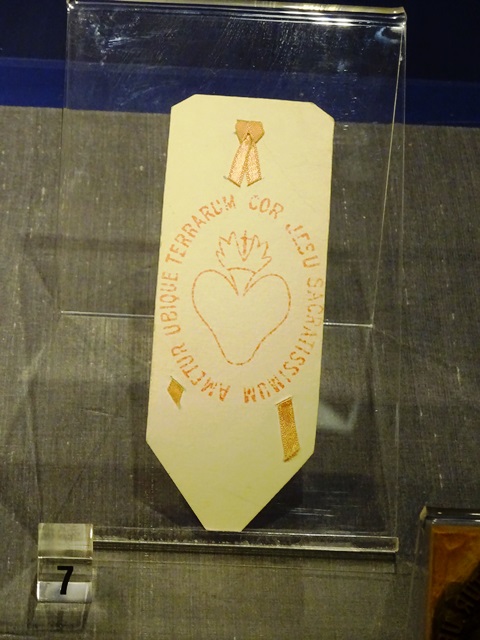Peter MALONE
Visiting Rosedale, bushfire aftermath. Bob Irwin, Barry Smith with Jean Reid
Visiting Rosedale, bushfire aftermath. Bob Irwin, Barry Smith with Jean Reid
Bob Irwin and Barry Smith recently visited Daramalan College for Chevalier Day. They also visited Rosedale on the NSW south coast which suffered in the bushfires.
They met with Jean Reid, longtime teacher at Daramalan. Her house was completely destroyed. She lives now with her daughter – and she will soon be 105.
The photos show some of the devastation. The previous MSC holiday house was also destroyed.
Images of pandemic, 1918 and 2020. A post from Melbourne.
Images of pandemic, 1918 and 2020. A post from Melbourne.
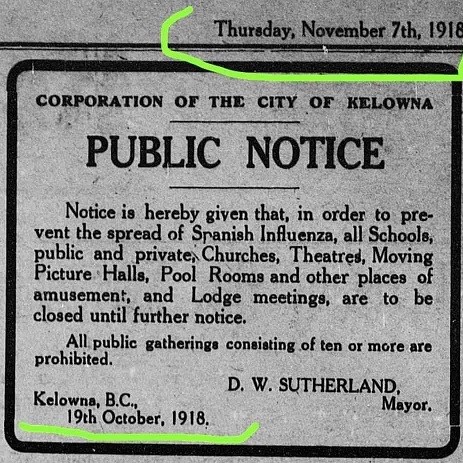
This post is coming to you from Melbourne. We have been in strict lockdown for over 100 days. No travel beyond 5 kms. Leave home only for exercise, medical visits, one house member to shop at supermarkets.
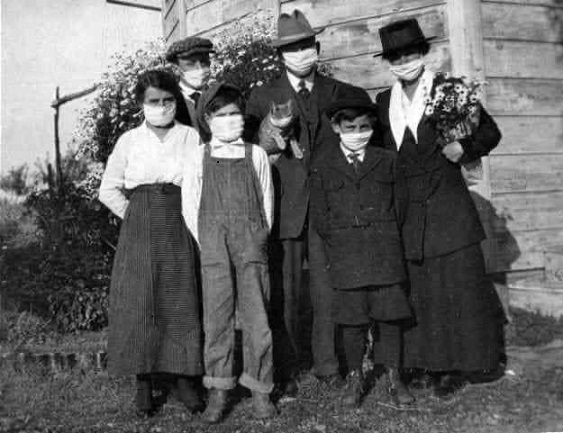
No visits or visiting. Today, Monday 26th October, Premier Daniel Andrews began to announce plans for lifting restrictions.
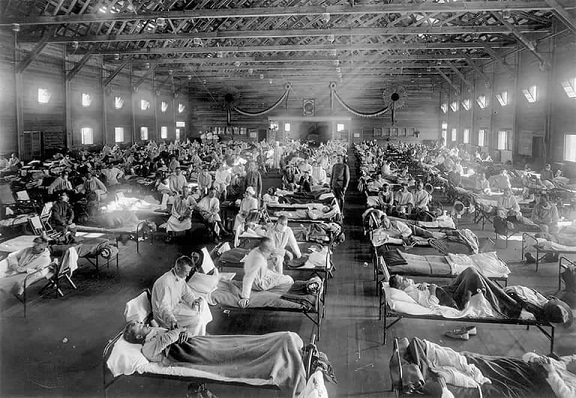
Nothing like relief from hope. We have survived… But, we realise with alarm, that Europe, the US, india, Brazil continue with or have returned to alarming infection and death statistics.

Interesting to see some images from a century ago and make some comparisons.
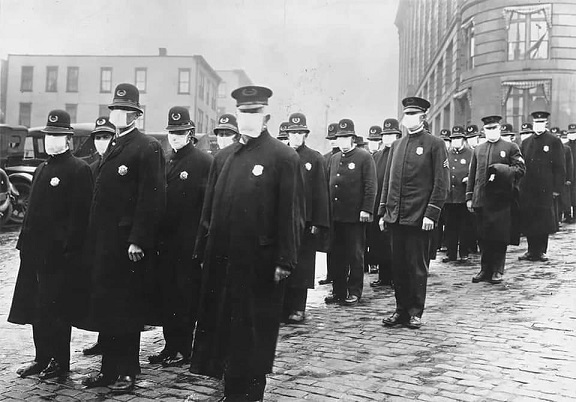


Chevalier Day 2020 at Daramalan College
Chevalier Day 2020 at Daramalan College
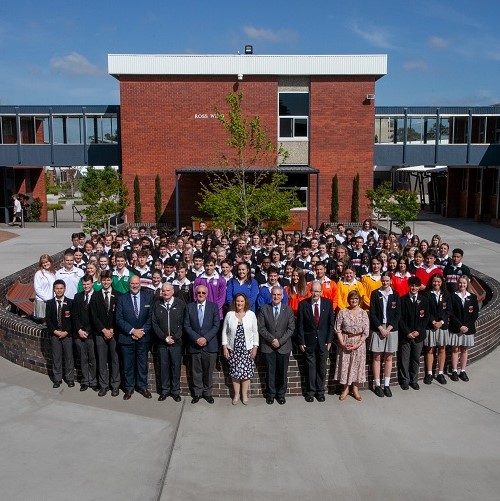
On Wednesday 21 October Daramalan College celebrated Chevalier Day with a small number of special visitors to mark the occasion. These included Fr Chris McPhee, Fr Jim Littleton, Fr Bob Irwin, Br Barry Smith, Alison McKenzie and Mark McGinnity. The College Chaplain, Fr Kimi Vunivesilevu, also attended for much of the day including working on one of the food stalls at lunchtime.
The day started with an online Liturgy of the Word which was led by the 2020 student leaders. Fr Chris McPhee spoke to the students about the idea of focussing on one positive thing in these challenging times. He also spoke of the importance of love and of not letting negative things in the world distract us from the one thing that really matters.
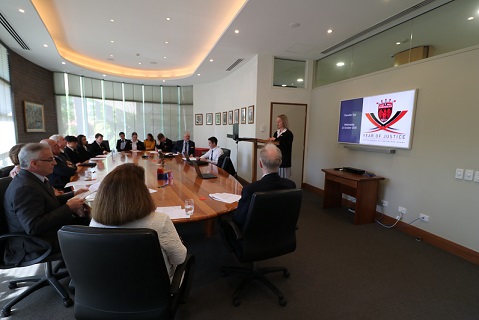
Fr Chris and Mark McGinnity then spent some time in a meeting with the 2020 and 2021 student leaders listening to the students speak about how this year has been for them and their plans for next year. The students spoke openly about some of the challenges they have faced and they recognised that from these challenges they have had opportunities to make changes to their traditional roles and responsibilities. They have valued their ability to look for other ways of doing things and recognised that they have developed the skills to be adaptable and innovative. They also spoke of how they have learned to appreciate much more the routine things they had taken for granted previously having experienced being in lockdown earlier in the year. Since returning to school they have become very confident in doing a range of online events from assemblies to fundraising and the 2021 student leaders said that they are keen to connect online with student leaders in the other three MSC schools in the future.
Following morning tea with the staff, Fr Chris blessed and dedicated the renovated McMahon courtyard and the plaques for this space were unveiled. The courtyard is dedicated to all Missionaries of the Sacred Heart who have lived and worked at Daramalan College from 1962-2019. Principal Rita Daniels spoke to the assembled students briefly about the history of the courtyard and why we wanted to dedicate it to the Missionaries of the Sacred Heart. She also informed the school during that day that the new building planned for the site of the former MSC Residence will be called the Issoudun Wing. This building will be a Performing Arts Centre for Drama and Music. It is hoped that it will be completed in 2022, the 60th anniversary of Daramalan College.
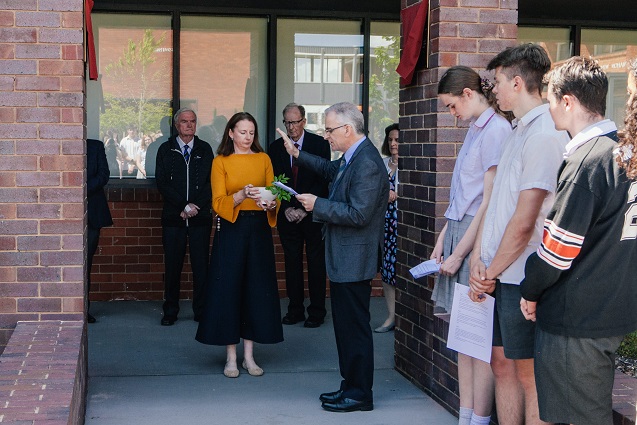
Excerpt from the blessing and dedication of the McMahon courtyard:
This courtyard, which was renovated in 2019-2020, is part of the original structure of the school and it was named after the founding Headmaster of Daramalan College, Fr John F McMahon MSC.
It was not originally called the McMahon courtyard. From the time when the school was boys only and even after co-education was introduced into the High School in 1996, it was known as the Year 10 quad as only Year 10s were allowed to spend recess and lunch in this space. In the 1970s and 1980s it was also the place where boys in Years 7-10 used to line up for an assembly and roll marking every morning – rain, hail or sunshine - and there was a podium against the McMahon Wing wall where the staff running the assembly used to speak from. In old College Yearbooks there are some interesting photos from those times.
Several years ago we opened up all the courtyards, except the Littleton courtyard, to all High School students and this was named the McMahon courtyard.
Fr McMahon who I mentioned as the first Headmaster was followed by four other Missionaries of the Sacred Heart priests who were Headmasters or Principals of the College including Fr Jim Littleton and Fr Bob Irwin who are both here today. I had the privilege of working with these men when I was a young teacher at Daramalan and they are both giants in the history of our College.
When Daramalan College first opened there were large numbers of Missionaries of the Sacred Heart priests and brothers living in the Residence – part of what students know as Naughton Wing. There have been many Missionaries of the Sacred Heart priests and brothers who have lived and worked at Daramalan College since it opened in 1962 – I could not tell you the actual number but it would be possibly two hundred.
At the end of 2019, the last members of the Missionaries of the Sacred Heart congregation to move out of the Residence were Fr Jim, Fr Harold Baker and Br John Walker. Br Barry Smith, who is well known to the older students here and to the staff, may recall that he left Daramalan in June 2018.
When the courtyard was being renovated we thought that it would be a fitting tribute to dedicate this courtyard to all the Missionaries of the Sacred Heart who have lived and worked at Daramalan. Many of these men worked in the school as teachers and administrators, some worked as assistants, others worked in the Residence looking after their fellow Brothers and Priests and some worked in external occupations while residing at the MSC Residence.
The MSCs always warmly welcomed people into their home – they showed outstanding hospitality in this way. Mass was often celebrated for staff in their Chapel especially after the school’s former chapel was closed to make way for other needs. When the numbers of MSCs living in the Residence declined, they kindly allowed the school to make use of some of the space which became the Naughton Wing classrooms. Later again they enabled part of their backyard area to be used for staff parking. There was always a great generosity of spirit shown by them and wonderful support for the school and its activities.
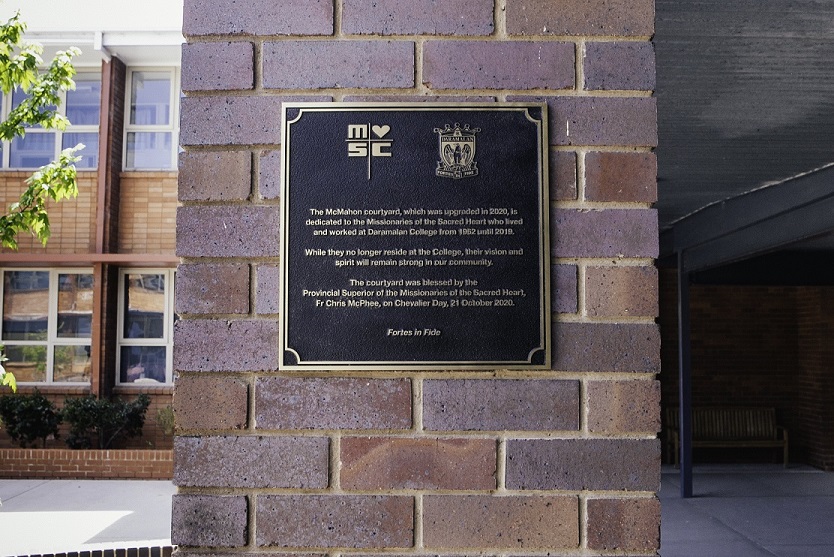
So today, in the presence of the Provincial of the Missionaries of the Sacred Heart, Fr Chris McPhee MSC along with Fr Jim who lived for well over 20 years of his life at Daramalan, Fr Bob Irwin who was Headmaster here for 6 years and Br Barry who lived here for well over 20 years also, as well as Mr Mark McGinnity who is Director of MSC Education and Ms Alison McKenzie who is the Director of the Chevalier Institute, we dedicate this space in honour of all Missionaries of the Sacred Heart who have been associated with Daramalan College. Part of the plaque which will be blessed today reads:
“The McMahon courtyard, which was upgraded in 2020, is dedicated to the Missionaries of the Sacred Heart who lived and worked at Daramalan College from 1962 until 2019.
While they no longer reside at the College, their vision and spirit will remain strong in our community.”
MSC Brothers’ Call and Life
MSC Brothers’ Call and Life
As mentioned yesterday, we have been focusing on posts on MSC Brothers. We continue this weekend.
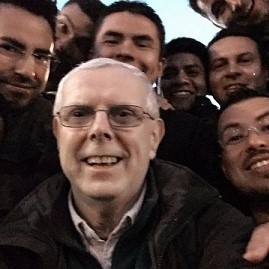
MSC Brothers by Warren Perrotto MSC
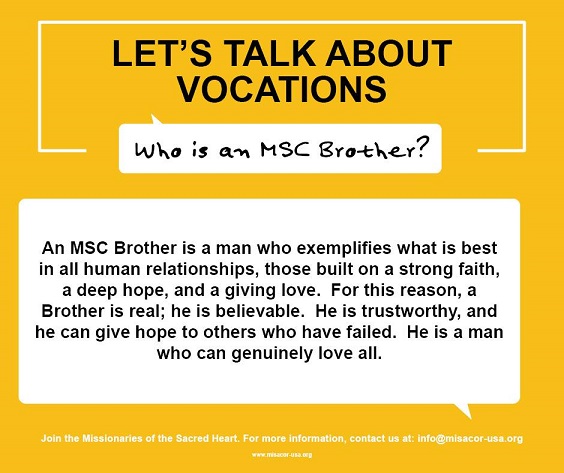
A Brother is a “man committed to living the Consecrated Life in response to a call from God.” (Religious Brothers Conference) Prompted and guided by the Holy Spirit, a Brother wishes to consecrate himself to Jesus, his Brother. He wants to become one with Jesus and imitate Jesus, as brother. Becoming one in love and commitment to Jesus, he imitates his Brother, Jesus - as the chaste person – having unconditional love for all persons; investing in integrity, intimacy and friendship, yet letting go of one-encompassing human relationship. He imitates his Brother, Jesus – as the poor person – renouncing radical ownership. He further imitates his Brother, Jesus - the obedient person to the will of God – always seeking and willing to do the same.
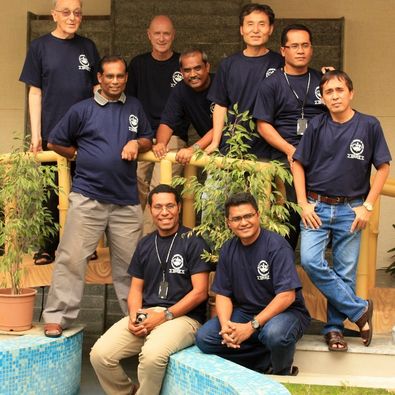
MSC Brothers' meeting, Bangalore 2010
The Brother comes to live out his call from Jesus, with his particular religious community’s charism and spirituality. It is a life of community, founded upon the common faith in Jesus, which is shared upon a vision of living faith through the traditions of his particular Congregation. The life as a Religious Brother is at the very heart of the Church in his intense prayer life, community living and apostolic service. (cf. Vita Consecrata, 60)
Brothers' meeting APIA Conference, 2018
A Brother’s ministry is varied according to his own particular talents and the needs of his Religious Congregation. He can be a teacher, theologian, lawyer, nurse, doctor, pastoral administrator, artist, cook, electrician, etc. What is important is not what he does, but who he is–a man consecrated to his Brother, Christ, one with his Brother, Christ, through the evangelical counsels of poverty, chastity and obedience. It is a special gift, a unique calling to the Consecrated Life. A Brother at times appears at the altar with the ordained, assisting in lay ministries; however, he prefers being in the “trenches” with the laity, sitting with them as their brother. He is the special sign of the brotherhood/sisterhood of all humankind.
At Apia, Kensington Monastery, Sydney, 2018
Brothers are brothers in the fullest sense of the word. They possess a freedom to encounter both clergy and laity as true brothers and sisters—talking, laughing and sharing within their joys, hopes and sorrows. Their commitment to the Consecrated Life places them at the service of the whole human family. In Christ, their Brother, they give testimony to the “divine plan of gathering all humanity into the civilization of love, the great family of the children of God.” (Vita Consecrata, 35) They are Brothers to all of God’s children, serving all in the spirit of Christ’s own brotherhood.
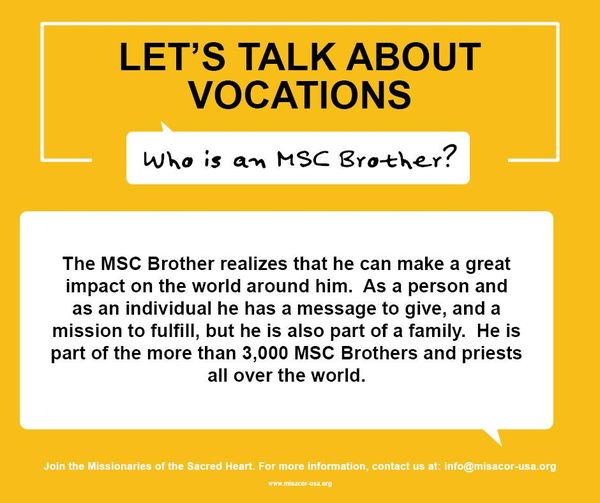
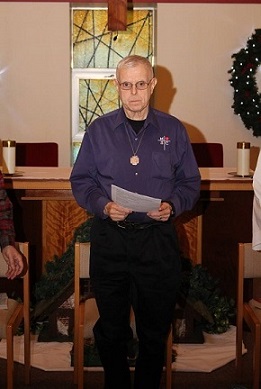
Warren Perrotto is a member of the American province. For some years he has been based in Fiji.
Tribute to Colin Sinclair MSC
Tribute to Colin Sinclair MSC

With Jos Beelen's 95th birthday and yesterday's story on the Australian Brothers at the General House, we have been focusing on our Brothers. Which continues today.
From all the members of the Missionaries of the Sacred Heart in the MSC Pacific Union. (From the recent edition of the MSC Magazine)
In writing this tribute to Bro Colin we would like to first acknowledge the many years of selfless, unrelenting, hard work that Br. Colin put into the building up of the Pacific Union during his time with us. We are highly indebted to his wisdom, guidance, dedication and perseverance to the growth of the Pacific Union and for this we express our heartfelt appreciation and gratitude to Colin.
To begin with, Colin always displayed a great respect for the different cultures he encountered in the Pacific Union. He always highlighted how important culture was and encouraged us to maintain our way of life and to be proud of who we were. His openness, respect, and acceptance of us made him welcome in our lives, and in this context he was able to share his wisdom and knowledge with us. It was no easy task on his part to understand the dynamics of our Pacifican cultures, but his humility and simplicity enabled him to achieve just that. His openness, respect and humility endeared him to us, creating the opportunity for growth and perseverance in our vocation as MSC.
Colin's humility was also expressed by the way he humbly made himself readily available for the many tasks and responsibilities that were asked of him. Never a complaint crossed his lips as he doggedly worked at his tasks. He was always ready to step in and make his gifts available to all those who needed them. He was an exemplary teacher, builder and formator who went about quietly doing his work, earning respect and admiration from everyone who worked with him. Colin was never one to draw attention to himself, preferring to work quietly behind the scenes. As a man of integrity he could be depended upon to get the job done.
Colin's work ethic was always a guiding light in community. His confidence, discipline, honesty and reliability set the benchmark for us to follow. Just watching him work motivated us to do better in our daily tasks and studies. Colin lived by the principle that we ought to put in an honest day's work every day. By the same token, he knew how to relax and enjoy himself. He cared for his health and would take lengthy walks after work at Wainadoi. He would regale us with humorous stories and personal experiences when we got together for our social gatherings and his fine sense of humour earned him the affectionate nickname of 'Bloody Col'. Through his example Colin showed us how to live a healthy balanced life of work, prayer and relaxation.
An important and integral role that Colin held was that of formator. As a formator and mentor Colin did a sterling job of facilitating our growth as young religious and molding and shaping us according to our gifts and talents, reminding us constantly that we are to make use of our gifts in service to others.
Colin gave the formandi the best formation program anyone could receive. He prepared his classes with meticulous care guiding the students through human development, pastoral involvement, scripture studies, the life of Fr. Jules Chevalier, the MSC Constitutions, the MSC way of life, and most importantly, the Religious Vows.

Colin taught with utter conviction in his subjects because what he had to teach in the classroom he practiced in his daily life. This had a huge impact on the formandi who looked to Colin as their role model. It is often acknowledged that much of Colin's teaching wasn't in what he said but rather in what he did. He was a man who walked the talk.
This came across clearly for us in his steadfast life of prayer which has been an inspiration and motivation for us all. His day began with prayer, was filled with prayer, and ended with prayer. As a real man of prayer, he was always filled with indefatigable energy that was constantly fueled by the firm conviction he had of God's love expressed in the compassionate Heart of Jesus.
Despite our weaknesses and failures in formation, Colin never gave up on us. He continually confirmed the good he saw in us and encouraged us to keep going. He was always there to journey with us and to lend a helping hand. Many vocations would have fallen by the wayside if it hadn't been for Colin. Approachable and trustworthy, many of us often shared our troubles and concerns with him knowing that he would direct us with his wisdom and guidance. Busy as he was, he always made time to be with us in our concerns.
We also pay tribute to Colin for the brilliant job he did as the Union Bursar. He did not find it easy but he tirelessly worked on chasing up on receipts, payments and bank statements keeping tabs on all our financial concerns. He sacrificed many a weekend just to keep the accounts updated and in order. His financial reports at the Union Council meetings were always detailed, precise and transparent. The General Bursar also expressed his gratitude for the organized way Colin prepared his annual financial reports for Rome. Colin's comprehensive reports ensured that the Pacific Union continued to receive subsidies and financial assistance from the General Administration and other Provinces after recommendations from the Finance Advisory Board.
Despite his demanding work as Union Bursar and formator, Colin spent a significant amount of time with the poor and those in need. Just to name a few, he efficiently managed the water-tank project with the Mission Office ensuring that poor communities in Kiribati and Fiji would receive clean drinking water. He taught at Chevalier Training Center (Fiji) preparing young underprivileged boys for future employment as tradesmen. He also built Chevalier College on Abemama ensuring a solid education for young people all over Kiribati. Today it happens to be the College of choice for many secondary school students in Kiribati who have moved on to University studies in Fiji and abroad.

In all things Colin led by concrete example whether it was in the area of prayer, work or community living. As a man of few words whose actions spoke volumes, he was always the first to be a good example to us. Colin was realistic. He acknowledged how challenging life could sometimes be and wasn't afraid to say so. He also knew that life could be hard for the students as well. Through his simple approach to life, Colin taught us how to cope with the hardships and challenges of life. His kindness and simplicity are a hallmark of the man's character.
And so, to our Bro Colin Sinclair, we raise a toast to wish you a very blessed and happy Golden Anniversary. Congratulations Brother Col. May the Good Lord continue to bless you with good health and many more years to come. Thank you for all that you have been for us.
Australian MSC Brothers at the General House
Australian MSC Brothers at the General House
Recently, we posted a list of postwar students who were sent to Rome.
From 1950, a number of Brothers from the Australian Province were stationed at the Generalate, Via Asmara. Here is the list:
David Smith, later ordained. From 1950.
Charles Lang. From 1950.
George Lockhead. From 1959.
Tom Fitzgerald. From 1959.
Jos Beelen. From 1963.
Barney Delaney. From 1979.
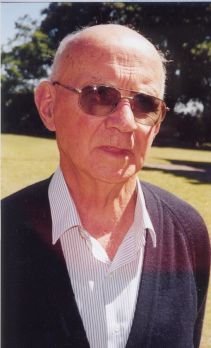
Jac Boelen. From 1985.
Ministry ranged from domestic work to cooking (George Lockhead being the outstanding cook, especially during the Vatican Council with hospitality and entertaining), archive work (especially for Barney Delaney) and hospitality (especially with an increasing knowledge of Rome and its highlights for visitors, check with Jac Boelen).
Jules Chevalier Day, 113th anniversary of his death.
Jules Chevalier Day, 113th anniversary of his death.

We are thankful for the heritage from Jules Chevalier
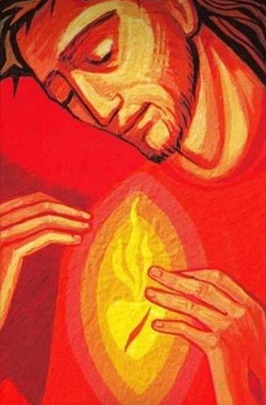
A devotion that led to a Heart Spirituality.
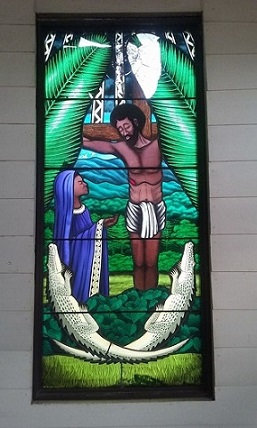
An appreciation of Mary, Our Lady of the Sacred Heart

Brothers and priests, Missionaries of the Sacred Heart
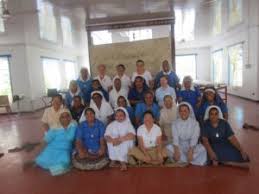
Sisters, Daughters of Our Lady of the Sacred Heart
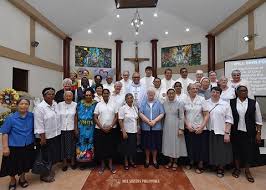
Sisters, Missionaries of the Sacred Heart
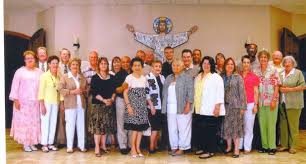
Lay MSC
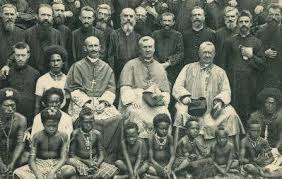
Missionaries throughout the World
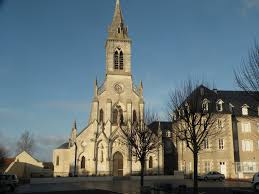
Basilica Issoudun and Cor Novum

and more
Papal Honour for Bill Griffiths as a Knight of the Order of St Gregory the Great.
Papal Honour for Bill Griffiths as a Knight of the Order of St Gregory the Great.
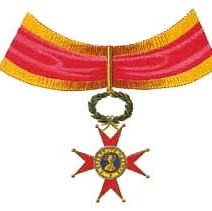
From Malcolm Fyfe MSC, Vicar General, Diocese of Darwin.
Many would remember Bill Griffiths, our Director of Catholic Education (before Michael Avery).
He was “Director of Catholic Education in the Diocese of Darwin and an executive member of the National Catholic Education Commission (NCEC) in 1993. His service to Catholic education in the Northern Territory from 1993 until 2007 was outstanding.”
Announcing the awards today, Adelaide Archbishop Patrick O’Regan said the Order of St Gregory the Great was one of the highest awards for lay people, bestowed on Catholic men and women deemed to have made a significant contribution to the Catholic Church.
“These two men are most worthy recipients of this high honour with their outstanding service to the community over many years,” Archbishop O’Regan said.
Bill Griffiths, Ministry in Education, Adelaide, Darwin 1993-2007, National Liturgical Council.
Dr Griffiths, a secondary school teacher by profession, joined the staff of the Adelaide Catholic Education Office in 1974, directing state-wide programs for the children of immigrants. He was also a member of the early SA Commission for Catholic Schools at a time of significant change in the Catholic school system.
He then held leadership positions in three Catholic colleges in Adelaide, including as principal of Kilmara Senior School at Thebarton and St Paul’s College at Gilles Plains, before becoming Director of Catholic Education in the Diocese of Darwin and an executive member of the National Catholic Education Commission (NCEC) in 1993. His service to Catholic education in the Northern Territory from 1993 until 2007 was outstanding.

In 2008, the Australian Catholic Bishops Conference appointed Dr Griffiths chief executive officer of the NCEC in Canberra. Returning to Adelaide in 2013 to retire, he has held a variety of leadership positions on parish, school and social service governance and management boards.
Dr Griffiths’ other major contribution to the life of the Church in Australia has been through liturgy and music. He chairs the National Liturgical Council and was until recently secretary of the National Liturgical Music Council. In Darwin, he was an inaugural member of the diocesan Liturgy Reference Group. Locally, he has served as an organist at St Mary’s Cathedral in Darwin and in the churches of the Cathedral Parish in Adelaide. A person of deep faith, Dr Griffiths is an Oblate of St John’s Abbey at Collegeville in the United States.
Dr Griffiths was nominated for the papal honour by the Bishops Conference.
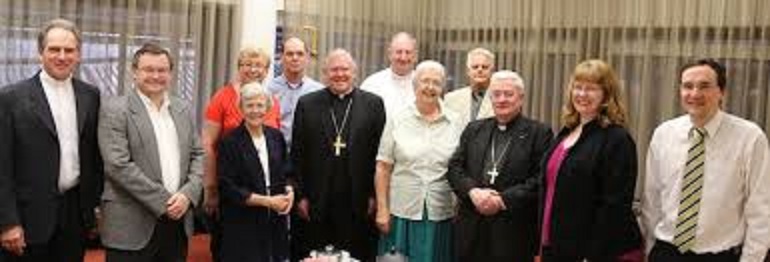
National Liturgical Council
Australian Province Appointments for 2021.
Australian Province Appointments for 2021.
The Provincial Council met Wednesday and Thursday and made the following Decisions were made:
Appointments for 2021.
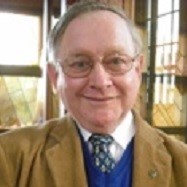
Steve Dives will retire from the role of Deputy Provincial and, after nine years, from the Provincial Council. He is appointed to Kensington Monastery – but not to retire!!
- Superior Kensington Campus: Steve Dives.
John Kelliher will finish his term at Kensington Monastery on November 1st, and have a well deserved break before taking up his new Appointment at Nightcliff.
- Steve will also finish from the Provincial Council at the end of this year, after being on it for nine years. He will continue as Deputy Provincial until the end of the year but will move to Kensington.
- Deputy Provincial: Peter Hendriks to begin on 1st January, 2021
- Leo Wearden will finish his term on the Provincial Council at the end of this year, after nine years.
- Kimi Vunivesilevu is appointed to the Provincial Council
- Parish Priest Randwick NSW: Gerard McCormick
- Parish Priest Kensington NSW: Terry Bowman
- Parish Priest of Coogee nsw: Phil Hicks (renewed)
- Parish Priest Erskineville NSW: Tan Nguyen
- Parish Priest Blackburn Vic: Alo Lamere
- Parish Priest Kippax ACT: Kimi Vunivesilevu
- Parish Priest Henley Beach: Peter Hearn. Peter will have sabbatical leave before taking up his new appointment.
- Parish Priest Nightcliff: John Kelliher
- Tru Nguyen will move to Melbourne to work with Khoi Nguyen and both will do part time Siloam Program. In 2022 Tru will be Pre-novice Director and Khoi will be Novice Master.
- Peter Guy is appointed to Kensington Monastery.
- All appointments begin on 1st January, 2021 unless otherwise indicated.
- All parish appointments are subject to approval by the relevant Diocesan Bishop.
Formation appointments:
- Accepted for First Vows
- Daniel Magadia
- Trieu Nguyen
- Accepted into the Novitiate
- Anh Nguyen
- Vincent Phon Phan
Mary MacKillop, 10 years anniversary of her Canonisation.
Mary MacKillop, 10 years anniversary of her Canonisation.
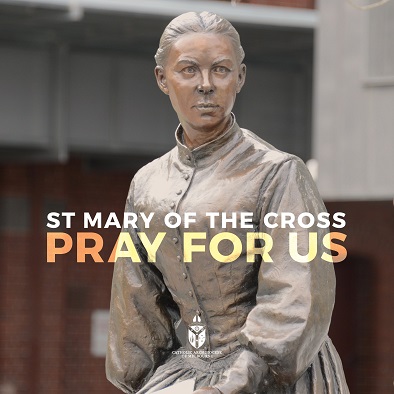
The Sisters of Saint Joseph will celebrate the 10th anniversary of the canonisation of St Mary MacKillop this weekend with commemorative prayers, videos and a global vigil in her honour.

The MSC have long admired the Sisters of St Joseph and their ministry and mission. In 1866, the year of foundation, Mary MacKillop used the motto which Jules Chevalier promoted, ‘May the Sacred Heart of Jesus be everywhere loved”. We have still not been able to discover where Mary MacKillop found the motto. It is on a cloth in the MacKillop Museum at North Sydney. It is referred to as the Congregation Seal, the date 1866. The photo is from one of the exhibition cases in the museum.
Many MSC have had sisters in the congregation including Norbert Earl (whose sister, Sister Denis was a Superior General), Ed Bennett, John Burford, James McNamara, Frank Crilley, Terry Barry, Peter Carroll. Sister Denis Malone was an early Josephite.
There have been many connections. Fr Matthew Smith gave the Saint her last communion, Viaticum. For many years Paul Stenhouse celebrated the morning Mass at Mount Street. Associations with St Margaret’s Darlinghurst and the MacKillop Centre in East Melbourne – and many others.

St Mary MacKillop was canonised by Pope Benedict XVI in Rome on October 17, 2010. About 9000 Australians travelled to Rome to celebrate the occasion.
Ten years on, the Sisters of Saint Joseph are inviting Australians to reflect on what the canonisation of Australia’s first saint meant to them then and now.
The theme chosen for this celebration is "Take Fresh Courage". This theme, reflecting the many challenges Australians have faced in 2020 , is taken from a letter written by St Mary MacKillop in 1877.

Sr Monica Cavanagh, Congregational Leader of the Sisters of Saint Joseph, said: “The 10th anniversary of Saint Mary MacKillop’s canonisation is a chance for us to reflect on Mary’s legacy and the valuable lessons her life experiences have taught us.
“She faced hard times and adversity over the years, from her family’s poverty to the loss of many loved ones. She carried on, strengthened by her faith and her determination to serve others … She was a woman of strong convictions and great energy who treasured friendship and family. Mary always had a place in her heart for those most challenged by life’s circumstances.
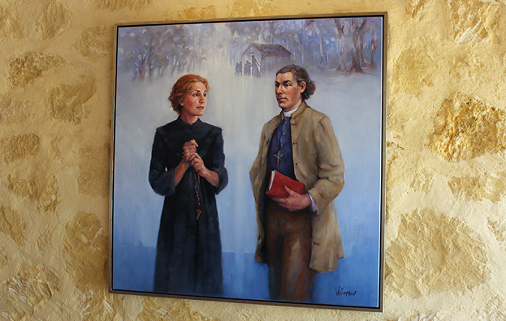
“I am proud that the Sisters of Saint Joseph continue to follow in her footsteps today and people from around the world find inspiration in her example.”
